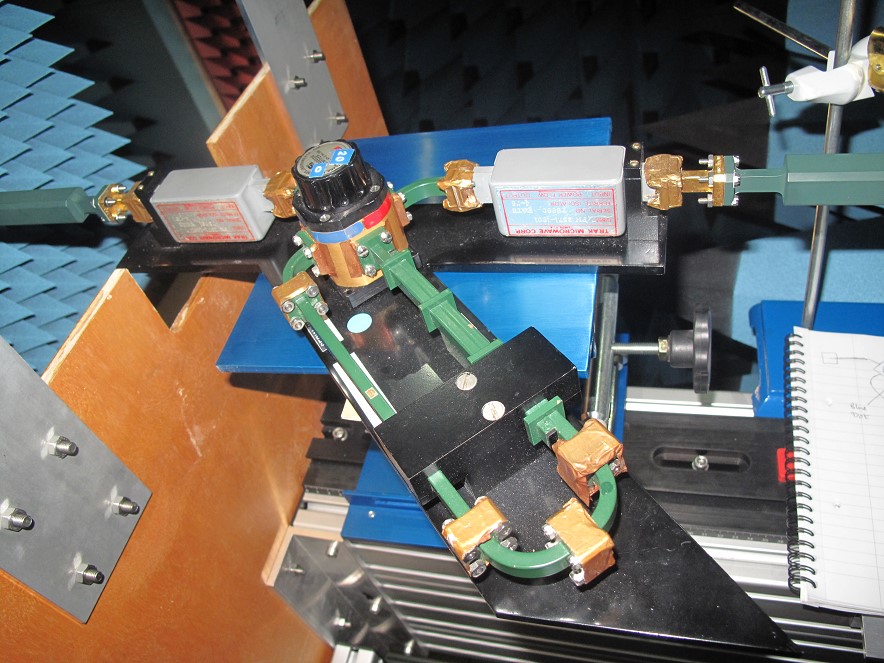The challenge
Antennas are used for the wireless connection of devices and systems using electromagnetic signals, such as satellites, mobile communication networks and for remote sensing and radar applications. Various antenna measurement techniques exist, but most require calibrated reference standards. Accurate calibration improves confidence that the overall system will perform as expected.
Extrapolation ranges provide the high accuracy reference standards essential for other antenna measurement techniques. The National Institute of Metrology of China, NIM, was keen to improve their microwave antenna measurement facilities through collaboration with NPL. They wanted to establish, maintain and improve their national measurement standards, so that they could support industry, participate in international comparisons and ensure accreditation.
The solution
NPL and NIM worked in collaboration to design and build an extrapolation range for antenna measurements. Over the course of the project, the NPL team made multiple site visits, produced over 300 design drawings, and manufactured and tested hundreds of parts. In addition to the hardware supplied, the project also included the provision of software, procedures, validation and training.
The extrapolation range is a chamber lined with radiation absorbing material in the form of foam pyramids, loaded with carbon particles. It is essentially a reflection-free environment for testing microwave antennas. The measurement system comprises a computer-controlled carriage that moves on a precision rail guidance system to vary the separation between the antennas, while recording the received power. The data obtained is processed to obtain the gain and polarisation properties of the antenna under test.
The equipment was shipped to China and installed by a team from NPL and the newly-completed extrapolation range produced excellent results. The performance of the precision rails, an essential part of the extrapolation range, was much better than expected, leading to very low uncertainties in antenna parameter measurement, along with optimised system configuration.
The impact
Following two years of design, construction, installation, validation and training, this complex project was completed on time and on budget. The system provides traceability for antenna measurements in the range 250 MHz to 110 GHz and is one of the top five high-performance extrapolation ranges in the world. It will allow NIM to conduct microwave antenna research on establishing, maintaining and improving the Chinese national measurement standards, and to participate in international comparisons to ensure the international equivalence of these standards.
NIM attached great importance to the project, and many directors and experts from government, research institutes, universities and industry visited the new facility. The collaborative approach and achievement was much praised and marked the start of a fruitful partnership between NPL and NIM, with many subsequent collaborations.

.jpg?width=300&height=225)
.jpg?width=300&height=225)